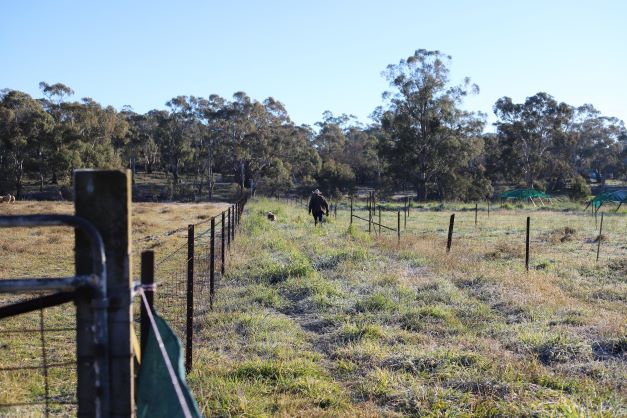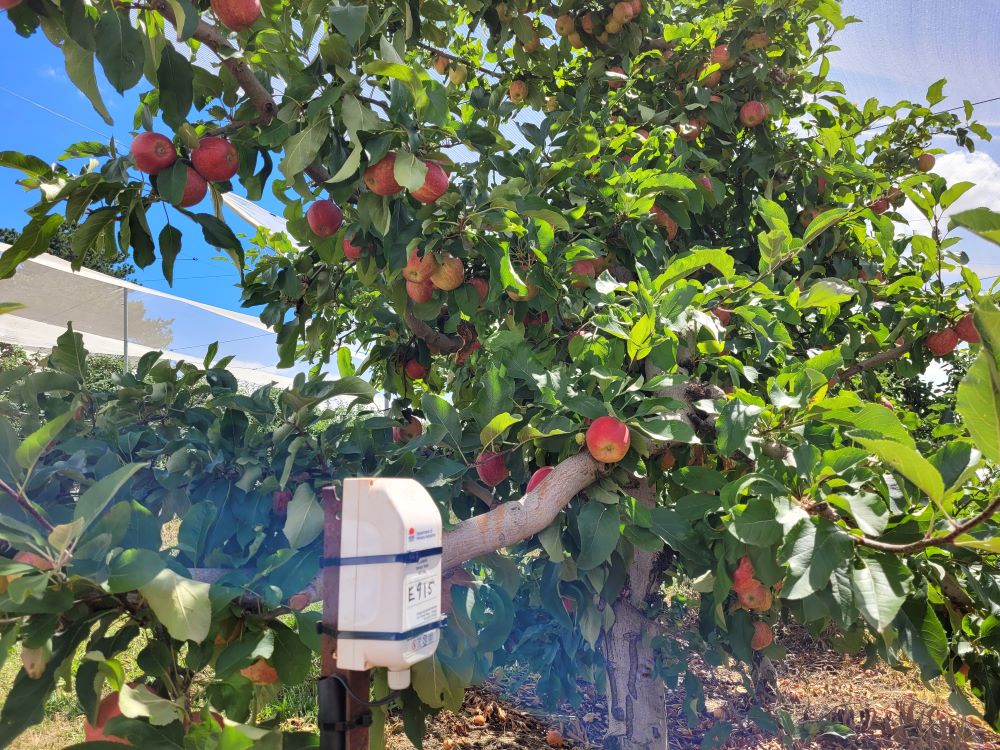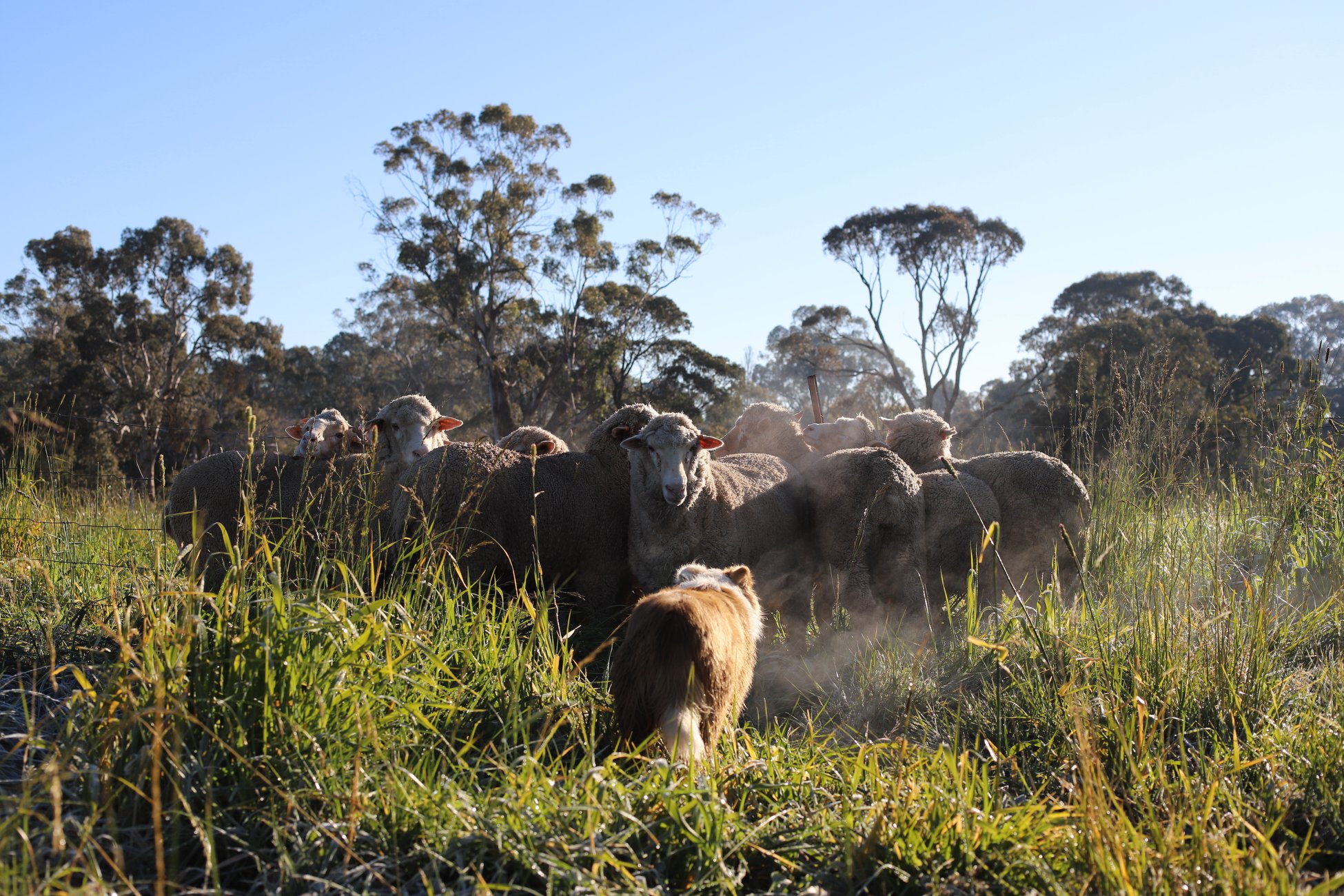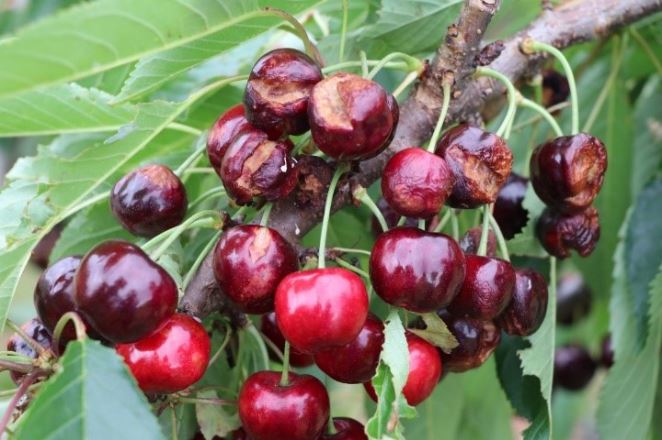Climate-smart irrigation in perennial orchards
Project details
- Jessica Fearnley - Development Officer - Temperate Fruit and Nut
- p. 0437 284 010
- e. jessica.fearnley@dpi.nsw.gov.au
Horticulture growers in NSW are installing digital technology in their orchards to improve irrigation efficiency and reduce the impact of rainfall variability.
Temperate fruit orchards are vulnerable to climate change because of their perennial nature. Fruit trees are susceptible to damage from hail, frost and storms, drought-induced water stress, heat stress and wind. Temperate fruit orchards are generally not fully irrigated, as rainfall provides most of the water required. Climate models for NSW are predicting rainfall variability to increase meaning that rainfall will not be as reliable and could fall at different times of the year. Consequently, growers will need to manage their water resources differently and learn to use it more efficiently.
Current projections for NSW suggest rainfall will increase in autumn (Figure 1) and decrease in spring (Figure 2). Autumn is a significant time of year for apple producers as critical cell expansion of the apple fruit and subsequent growing phase occurs during this time. Any reduction in water availability will impact fruit quality and size. Similarly, decreased rain in spring could impact bud burst (flowering) which would lower yield. Reduced rain in Autumn could lead to an increased reliance on irrigation.
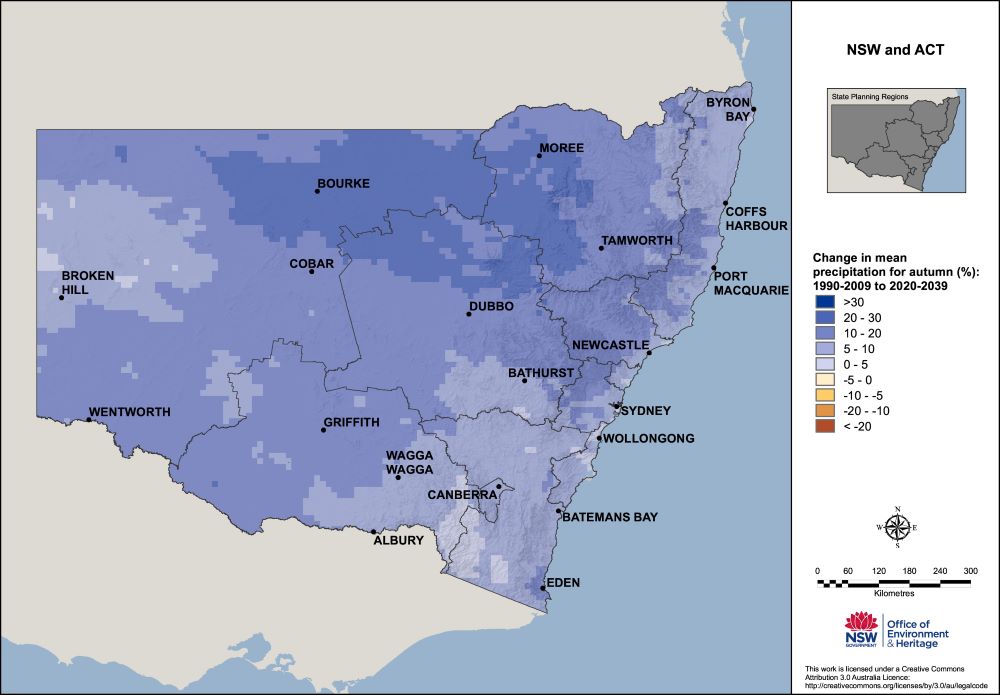
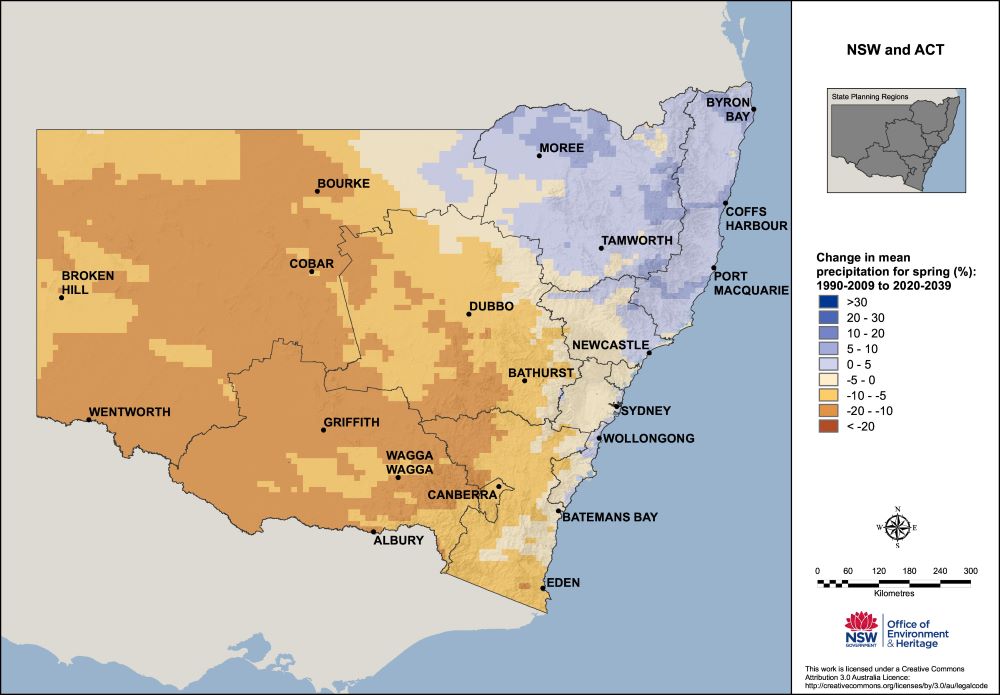
How to manage your water
Fruit production systems require the right amount of water at the right time., Efficient water use is always a high priority, especially when water resources are variable or scarce. Water stress can contribute to quality issues such as bitter pit in apples (Figure 3), reduced fruit size, crop loss and negative effects on plant health. Excessive water can also cause soil-borne diseases and rots, contribute to poor fruit quality and can prevent the trees from absorbing necessary minerals. For example, in cherries, excessive irrigation or rain can cause the fruit to split (Figure 4). Both excessive and inadequate irrigation can increase fruit tree susceptibility to disease and reduce its capacity to recover from extreme weather.
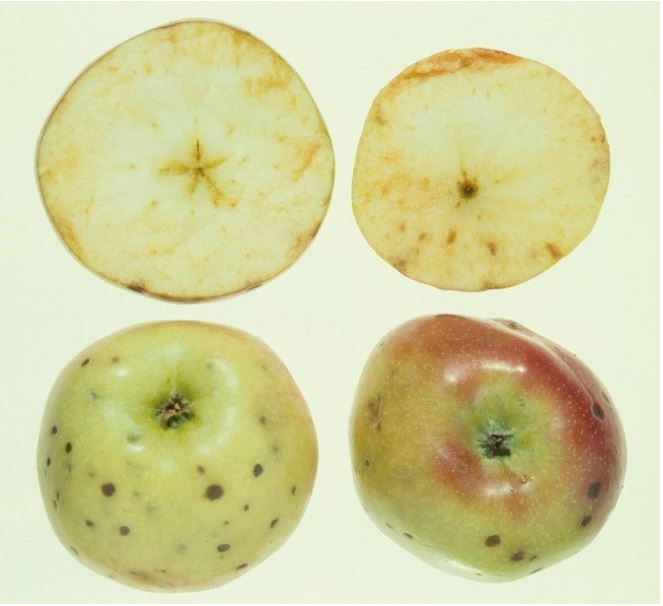
While managing water can be challenging, there are tools and precision irrigation systems available to help. Irrigation monitoring and scheduling tools can save water, fertiliser, weed control and labour. Growers can monitor their irrigation and water demand using different sensors. These can provide information on water movement through irrigation systems, the water available to plants and what is being used by the plant.
To ensure tools and practices are implemented and used successfully in orchards, growers need to understand the different water requirements of their crops, which can vary due to the:
- Crop/variety: each crop will have different water requirements because of the type or variety, the canopy size, or the life stage of the tree;
- Soil texture and soil elements (clay/loam/sand) can hold or release water differently;
- Location of the orchard, (including within an orchard), will have different rainfall, evaporation and temperature climates.
Selecting the most suitable irrigation and water monitoring systems will be influenced by water requirements and how these change within and between seasons.
These include:
Soil Moisture
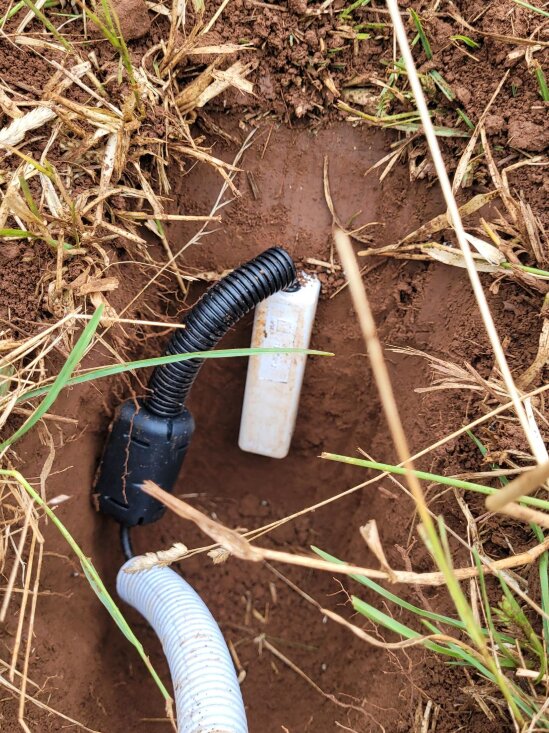 Soil moisture sensors measure the volume of water in the soil, either at a specified depth or several depths. These sensors show how much water is stored in the soil, and how well water is infiltrating. At the NSW DPIRD Climate Smart Pilots demonstration site, soil moisture sensors showed that water from a drip irrigation system better infiltrated the soil than from a spray irrigation system, prompting the farmer to change the irrigation system.
Soil moisture sensors measure the volume of water in the soil, either at a specified depth or several depths. These sensors show how much water is stored in the soil, and how well water is infiltrating. At the NSW DPIRD Climate Smart Pilots demonstration site, soil moisture sensors showed that water from a drip irrigation system better infiltrated the soil than from a spray irrigation system, prompting the farmer to change the irrigation system.
Flow Sensors
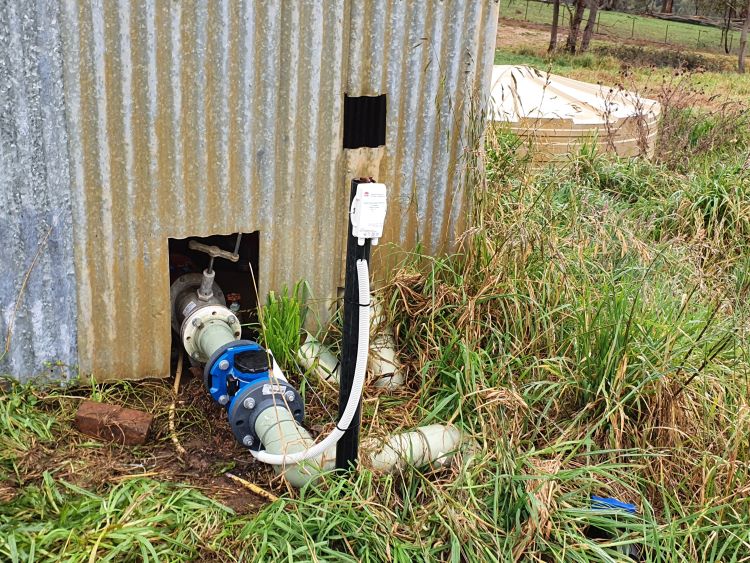 Flow sensors measure the rate water is flowing through an irrigation system and can be used to detect problems and conserve water. These sensors measure the actual amount of water that has been used during irrigation, allowing farmers to detect any problems in their irrigation system and monitor actual applications of water. The amount of water to be applied can then be related to water demand by the plant, improving water use efficiency.
Flow sensors measure the rate water is flowing through an irrigation system and can be used to detect problems and conserve water. These sensors measure the actual amount of water that has been used during irrigation, allowing farmers to detect any problems in their irrigation system and monitor actual applications of water. The amount of water to be applied can then be related to water demand by the plant, improving water use efficiency.
Sap Flow Sensors
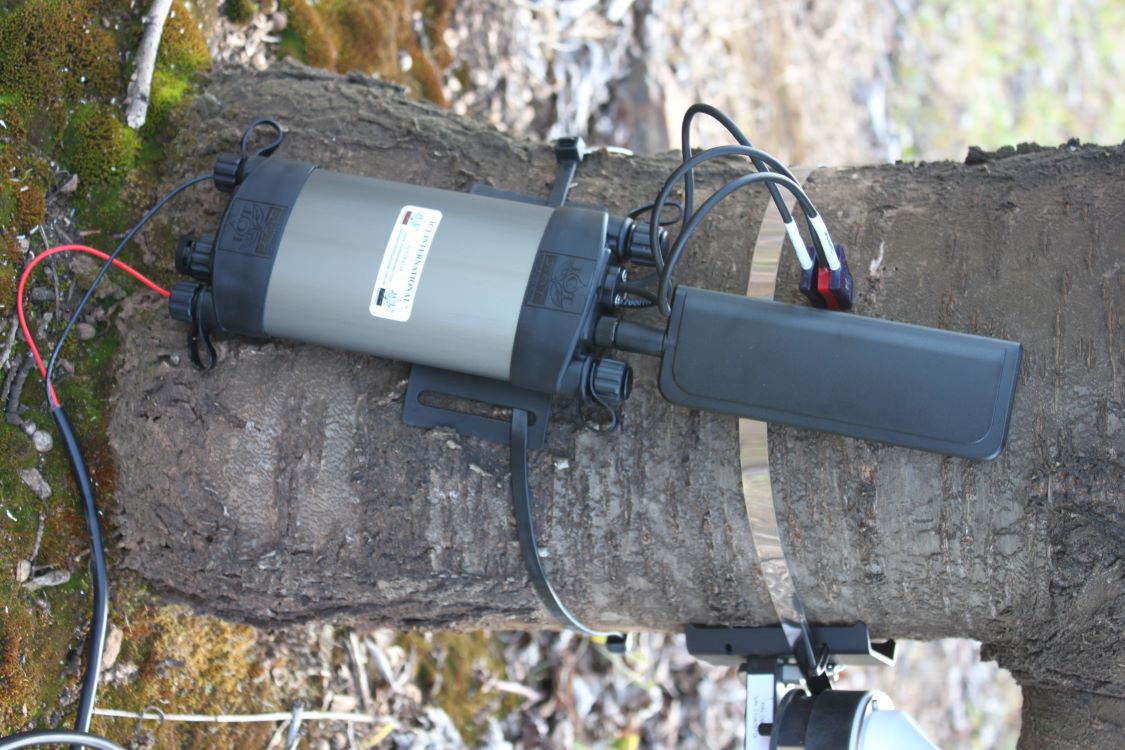 Sap flow sensors measure the movement of fluid through the xylem of plants. This can indicate how much water has been consumed by the tree. Growers can use this information to calculate water use on a daily or seasonal basis, subsequently informing irrigation choices and maximising water efficiency.
Sap flow sensors measure the movement of fluid through the xylem of plants. This can indicate how much water has been consumed by the tree. Growers can use this information to calculate water use on a daily or seasonal basis, subsequently informing irrigation choices and maximising water efficiency.
Bore Sensors
The ability to monitor bore levels can help determine the level of the water table. Many temperate fruit growers supplement their stored water with bores and understanding the rate of recharge can help quantify the water available for use. In drier times, it is important to use the water from a bore sustainably and measuring water availability can help achieve this.
Automatic Irrigation
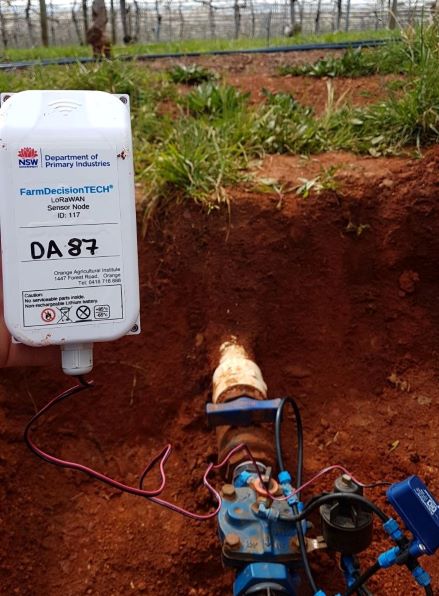 Automated irrigation systems can help to reduce workloads during busy periods and restrict the amount of ‘out-of-hours' work required. Schedules can be entered into the system, reducing the number of decisions needed.
Automated irrigation systems can help to reduce workloads during busy periods and restrict the amount of ‘out-of-hours' work required. Schedules can be entered into the system, reducing the number of decisions needed.
A fully automated system can be set up with sensors in the field that provide data indicating when irrigation is required and suggesting a suitable irrigation plan.
Conclusions
Monitoring irrigation and using data to make informed decisions will improve a grower’s ability to be more resilient to climate change by being more efficient with the available water resources. Improving irrigation efficiency will reduce water wastage and help to deliver the required water to the plants, without affecting crop yield or fruit quality. Technology such as soil moisture sensors, flow sensors, sap flow meters, bore sensors and automatic irrigation can assist growers to make informed decisions and helping them respond to increasing climate variability.
References
Project details
- Jessica Fearnley - Development Officer - Temperate Fruit and Nut
- p. 0437 284 010
- e. jessica.fearnley@dpi.nsw.gov.au
Related Case Studies
